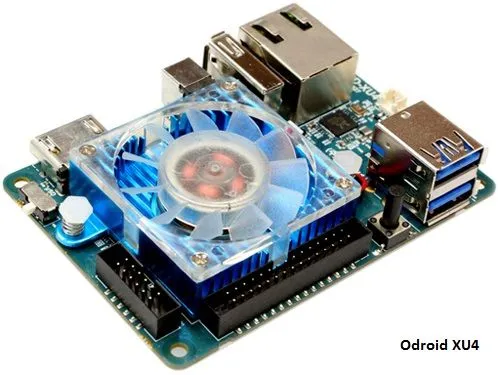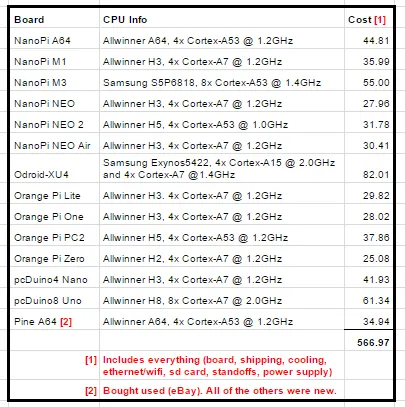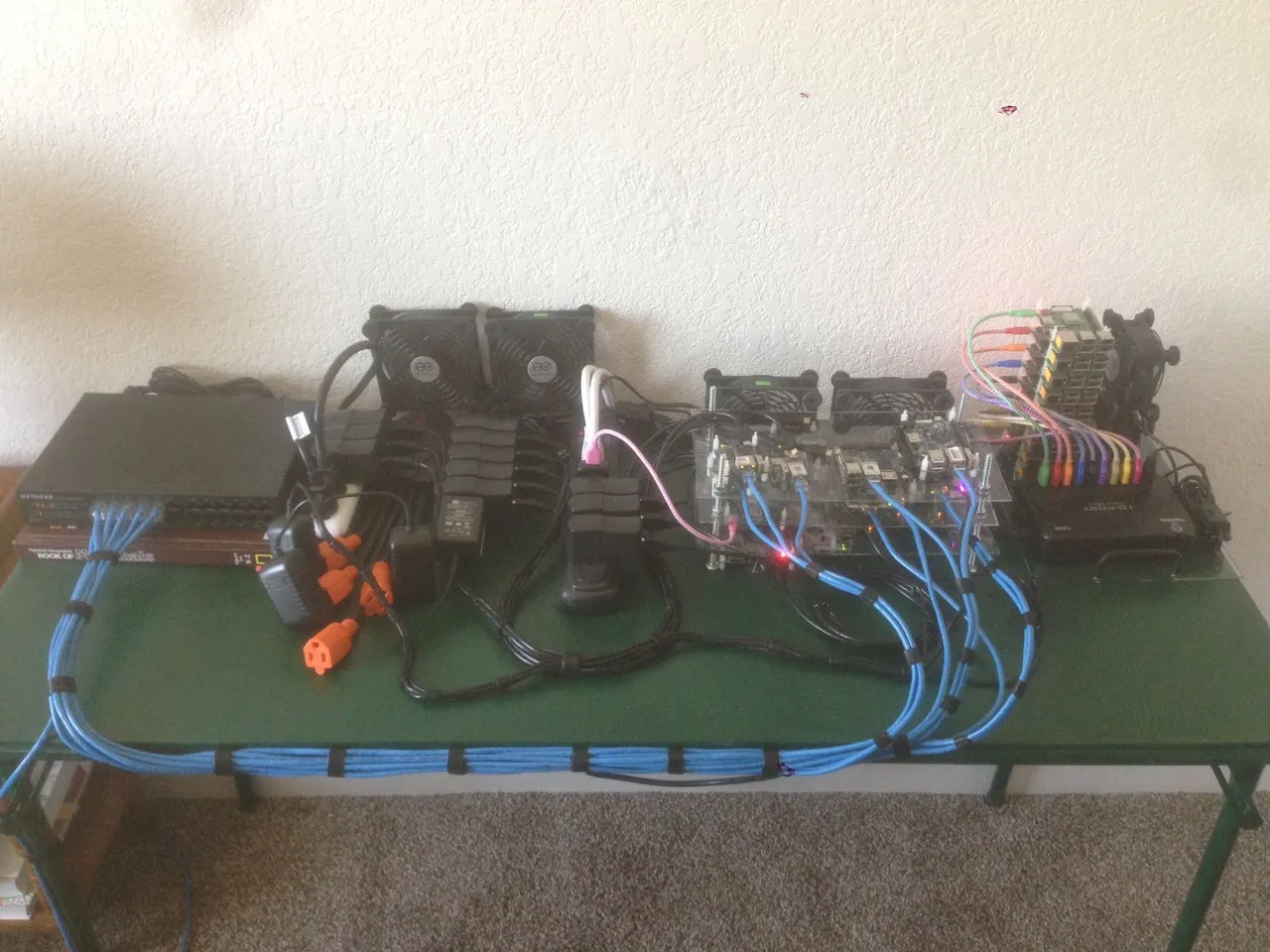
Do you suffer from low magnitude disorder? Are you tired of only earning 6 Gridcoins per day? I too was once a victim of this hideous malady. But I finally said “ENOUGH IS ENOUGH!” and chose to unleash the hidden power contained within my hard earned stacks of fiat, perhaps altering the course of my entire life.
Welcome to part three of the multi-part series, I Just Wanna BOINC!, where you can follow along with my transformation from a low-mag nobody to undisputed Gridcoin royalty! (or at least to a slightly higher-mag nobody)
Part 2: The Z620 Workstation, A Noob’s Perspective
Part 3: Alternative Single Board Computers
When I think of single board computers (SBCs) the Raspberry Pi is generally what comes to mind, but there are actually many other options. In this installment I will be sampling 14 of these alternative SBCs and determining which represents the best value in regards to Gridcoin profitability. With this knowledge in my arsenal, I can abandon the scattershot approach and instead base my future investments on these findings.
Here are the 14 boards I chose (basically the boards with 4+ cores that seemed to be reasonably priced):

And now, to the data! All of my current machines are included in this table, not just the new SBCs. If Steemit is squeezing this image and making it look blurry, right-click on it and select “open image in new tab”.

The clear winner here is the OdroidXU4. To my surprise, it’s even more profitable than my second-hand Z620 workstation (which I got for a really good price, imo). I pay about $0.075 per kWh, but in areas with higher energy costs the low power consumption of SBCs would widen the lead over traditional PCs and Workstations even further.
I believe Dollars per MAG is a poor metric as it doesn’t consider energy consumption. I only included it here because I do see it being discussed quite often. I focus on Payback Time because it includes the operating costs.
Your profitability may vary depending on project selection, but this data remains useful because the relative profitability between the different SBCs will remain static (barring a particular SBC that is very overclockable, or you finding a sweet deal on some used machines).
The four boards with “no mag” are still not crunching work units. Three of them continue to return nothing but computation errors (“output file absent”) and one requires a serial port connection for the initial set up, which I haven’t quite figured out yet. Once these are fully functioning and attain their maximum RAC, I’ll post an updated data table showing how their value compares to the others. The Pine64 initially gave me a lot of trouble as well, but the computation errors were finally solved by using the Armbian OS (a big thanks to Moises for the advice).
I’d love to hear your opinions on BOINCing and earning Gridcoins with SBCs. I’m having trouble finding downsides to this approach. Even project selection isn’t as bleak as I once thought. These can run many more projects than just Universe@home and Yoyo@home while still avoiding direct GPU competition. Many CPU-only projects that have Linux on ARM (or Android!) applications can be crunched with these boards. For example, one morning I discovered that Universe@home had (temporarily) ran out of new work, so I switched every machine to TN-Grid, with great results and zero computation errors.
One of the best features of Gridcoin is that an equal amount of coins are allocated to each unique BOINC project, and each BOINC project has its own unique list of supported hardware. This means that we won’t be overrun by ASICs, or even GPUs, or even Xeon CPUs. My findings show that even low-power ARM chips that were initially developed for mobile phones are relevant to BOINC and Gridcoin and may indeed be the most profitable choice.
I’ll leave you with a low-quality photo of my ever-growing SBC collection. Perhaps one downside to this approach is the clutter.

That's all for now, thanks for tuning in! You can follow along with my Gridcoin statistics here.